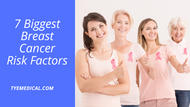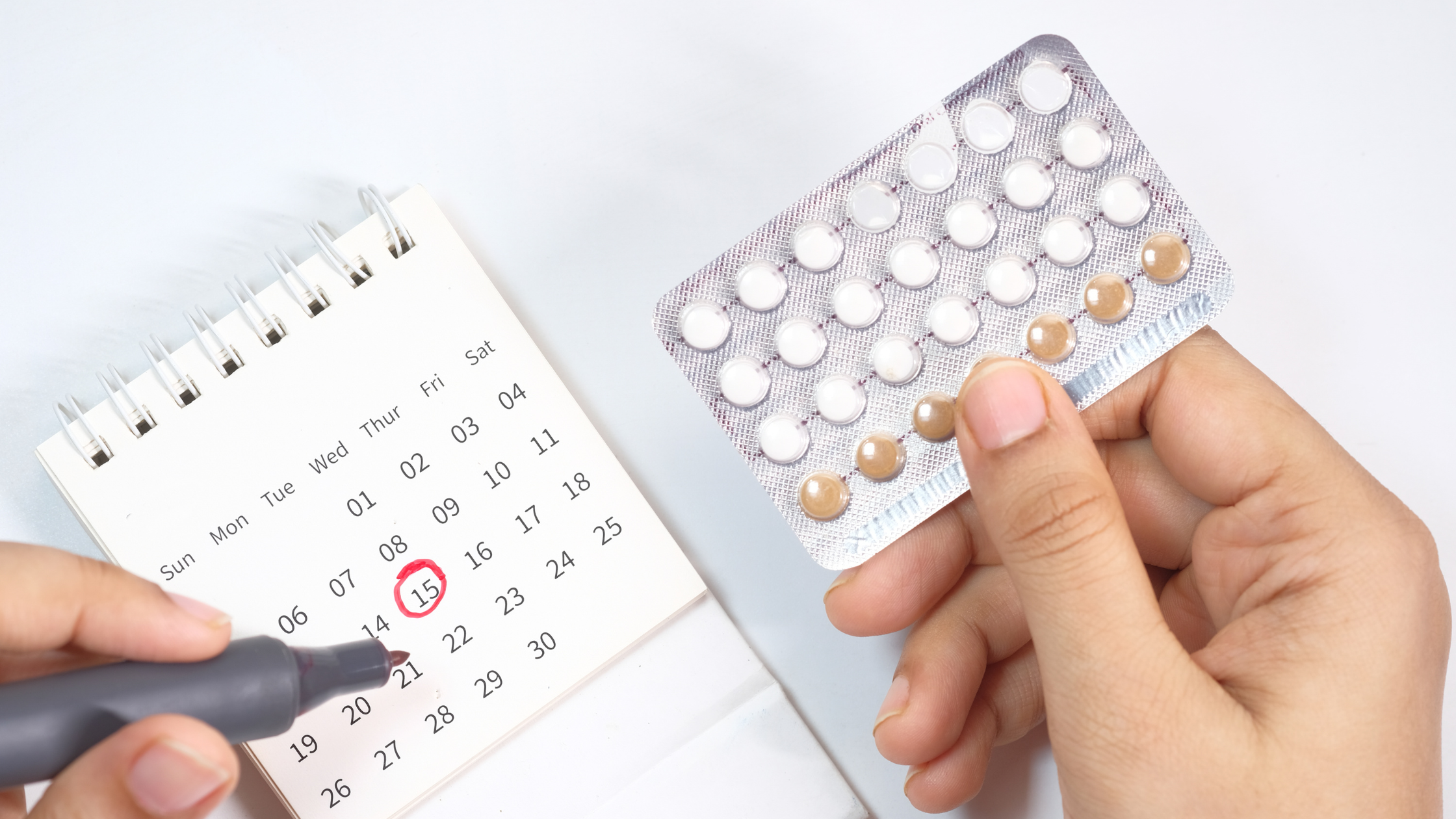7 Biggest Breast Cancer Risk Factors
Written by TYE Medical on Sep 7th 2022
Every year in the U.S., over 200,000 women are diagnosed with breast cancer, making it the most common type of cancer in women. Breast cancer forms when the cells of breast tissue grow abnormally and divide rapidly, generating a mass that looks or feels like a hard lump.
But what causes your breast cells to become abnormal in the first place? While experts can’t identify the specific catalyst that triggers the cell mutations, they have identified some risk factors that increase your chances of developing breast cancer.
This is what we know.
Types of Breast Cancer Risk Factors
Most breast cancer causes can be classified as either lifestyle or genetics, and both are important when considering your risk. Of course, you can’t change the genetic risk factors you’re born with. According to the American Cancer Society, about 5-10% of cases are considered hereditary as gene mutations are passed from a parent.
The BRCA1 or BRCA2 genes are the most common hereditary causes of breast cancer. While it’s helpful to be aware of genetic factors, it’s more beneficial to focus on the lifestyle causes that you can change.
But remember that just because you have none of the risk factors doesn’t guarantee that you won’t develop breast cancer at some point in your life. And if you have some risk factors, it doesn’t mean you are certain to develop breast cancer.
1. Drinking Alcohol

It doesn’t take much alcohol to increase your risk of break cancer. Just a few drinks a week can put you at higher risk. According to the American Cancer Society, if you’re a woman who drinks two or three alcoholic beverages a day, you have a 20% higher risk of developing breast cancer than women who don’t.
Why? Alcohol raises estrogen levels in many women, and breast cancer is a hormone-driven disease.
2. Using Hormonal Birth Control
If you use oral contraceptives, IUDs, or birth control shots to prevent pregnancy, you may have an increased risk of developing breast cancer. The New England Journal of Medicine published a study that showed a 20% increased risk of breast cancer in women ages 15-49 whole used hormonal birth control. It may be best to consider alternative pregnancy prevention methods to lower your risk.
3. Using Hormone Therapy After Menopause
If you choose to use hormone therapy to relieve menopause symptoms and prevent osteoporosis, you may want to consider the cost. Hormone therapy increases your risk of developing and dying from breast cancer by about 75%. Studies also show that breast cancer is more likely to be advanced when it’s first diagnosed.
Your risk for heart disease, strokes, and blood clots also increases. With such significant health risks, it’s usually not beneficial to pursue hormone therapy.
4. Being Overweight

If you want to lower your breast cancer risk, try to stay as close to your ideal body weight as possible. Obesity is a risk factor for all women but especially for postmenopausal women. After menopause, your ovaries stop making estrogen, and fat tissue starts producing most of it. Too much fat means higher estrogen levels and a greater risk of developing breast cancer.
Additionally, when women are overweight, they often have higher blood insulin levels which research has linked to breast cancer.
5. Not Exercising
It’s probably no surprise that regular exercise reduces your risk of breast cancer, especially in women who are post-menopause. Exercise helps you ward off those extra pounds that raise your estrogen levels. And while more exercise (within reason) is better, some studies have shown that just a few hours of physical activity each week can help reduce your risk.
The Journal of the American Medical Association (JAMA) published a study that found that women who exercised regularly at age 35 decreased their breast cancer risk by 14%.
6. Having a Family History of Breast Cancer

According to the American Cancer Society, about eight out of 10 women with breast cancer don’t have a family history of the condition. But on the other hand, if you have a first-degree relative (mother, sister, or daughter) with breast cancer your risk almost doubles. While not having a family history of the disease does little to guarantee you won’t develop breast cancer, having a family member with breast cancer noticeably increases your risk.
7. Having Dense Breast Tissue
Your breasts contain a combination of fibrous tissue, fatty tissue, and glandular tissue. If your doctor tells you that you have “dense breasts” based on your mammogram, it means you have more fibrous tissue than fatty. Dense breasts make you 1.5 to 2 times more likely to develop breast cancer than women with average breast density.
There is nothing inherently wrong with a higher concentration of fibrous breast tissue. It doesn’t directly increase your breast cancer risk. Dense breast tissue is a risk factor because it makes it more difficult to pinpoint potential tumors on a mammogram.
The Takeaway

With some lifestyle adjustments and risk factor awareness, you can effectively reduce your breast cancer risk even if you have a family history of the disease. Eliminating hormonal birth control, hormone replacement, and focusing on your general health can go a long way toward breast cancer prevention.



